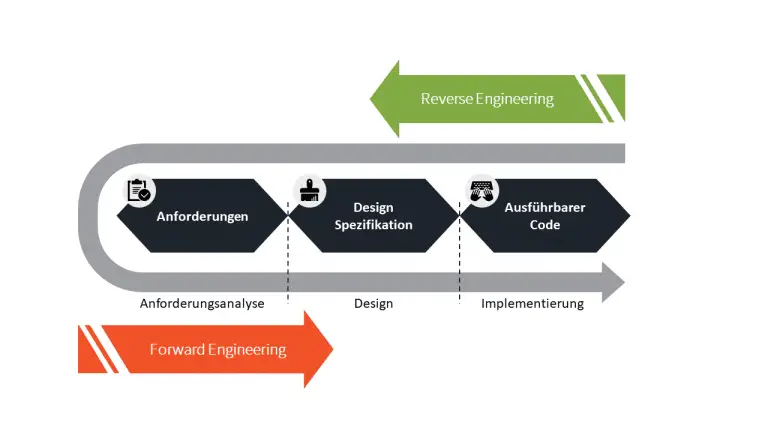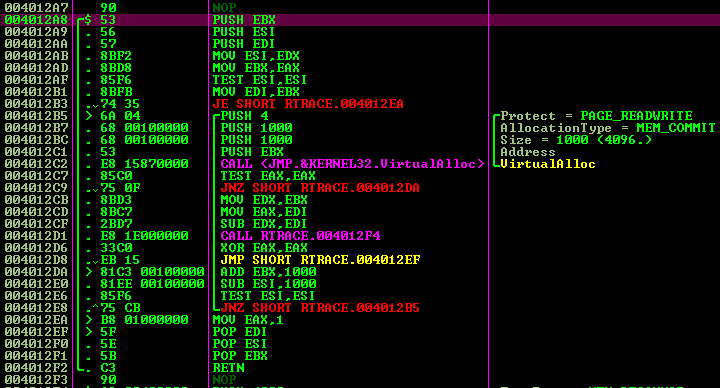The Vital Role of Reverse Engineering in Software Preservation

In the era of rapid technological advancements, software preservation has become paramount. As software applications become more complex and interconnected, ensuring their longevity and accessibility for future generations poses a significant challenge. Reverse engineering plays a crucial role in tackling this challenge and safeguarding the vitality of software over time.

What is Reverse Engineering?

Reverse engineering is the systematic process of analyzing and understanding the structure, functionality, and behavior of a software system by examining its source code or binary code. It involves decompiling machine code into assembly language or high-level programming language, enabling developers to gain insights into the internal workings of the software.
Why is Reverse Engineering Essential for Software Preservation?
1. Legacy Software Maintenance:
- Many organizations rely on legacy software systems that may lack adequate documentation or have outdated programming languages. Reverse engineering allows developers to decipher the design and implementation details of these systems, facilitating maintenance and updates to ensure continued functionality.
2. Re-engineering for Modern Platforms:
- With the evolution of hardware and operating systems, software applications often need to be adapted to function on modern platforms. Reverse engineering enables developers to identify and modify portions of the codebase, facilitating seamless migration to new environments.
3. Security Enhancement:
- Reverse engineering can be employed to identify vulnerabilities and security breaches in software systems. By analyzing the codebase, developers can pinpoint weaknesses and implement appropriate security measures, strengthening the overall resilience of the software.
4. Intellectual Property Protection:
- Reverse engineering helps organizations protect their intellectual property. By analyzing competitor software, they can gain insights into innovative features and techniques, enabling them to develop unique solutions while avoiding infringement of copyrights or patents.
5. Education and Research:
- Reverse engineering serves as a valuable tool for educational purposes. Students and researchers can gain insights into the intricacies of software design and implementation by studying the codebase of existing applications. This facilitates knowledge transfer and fosters innovation in the field of software engineering.
Conclusion:
Reverse engineering is an indispensable technique in the field of software preservation. It provides developers with the means to analyze, understand, and modify legacy software systems, enabling their maintenance, re-engineering, security enhancement, and educational utilization. By embracing reverse engineering, organizations can effectively preserve software applications, ensuring their longevity and accessibility for future generations.


Wow! This article is super informative! I never knew reverse engineering could play such a vital role in preserving software. It’s amazing how we can use these techniques to keep our valuable software alive for future generations. Thanks for sharing this knowledge!
While the idea of reverse engineering for software preservation is interesting, I’m not convinced it’s as important as the article suggests. Most software is constantly evolving, so trying to preserve older versions seems like a futile effort.
This article raises some interesting points about the role of reverse engineering in software preservation. I’d love to learn more about the specific techniques used and how they can be applied to different types of software.
The author’s claim that reverse engineering is the only way to preserve software is simply not true. There are other methods, such as emulation and virtualization, that can also be effective. In fact, I would argue that these methods are often more reliable than reverse engineering.
So, we’re supposed to believe that reverse engineering is the savior of software preservation? Isn’t that a bit like saying that we should tear down old buildings to preserve them?
Wow, this article is a real eye-opener. I had no idea that reverse engineering was the secret to immortality. Maybe I should start reverse engineering my cat to see if I can bring it back to life after it dies.
Reverse engineering software preservation? That’s like trying to put the toothpaste back in the tube. Good luck with that!
This article is a must-read for anyone interested in software preservation. The author provides a clear and concise explanation of the importance of reverse engineering in this field. I highly recommend it!
The article presents a balanced view of the role of reverse engineering in software preservation. It acknowledges both the potential benefits and limitations of this approach. While reverse engineering is a valuable tool, it is important to consider alternative methods as well.